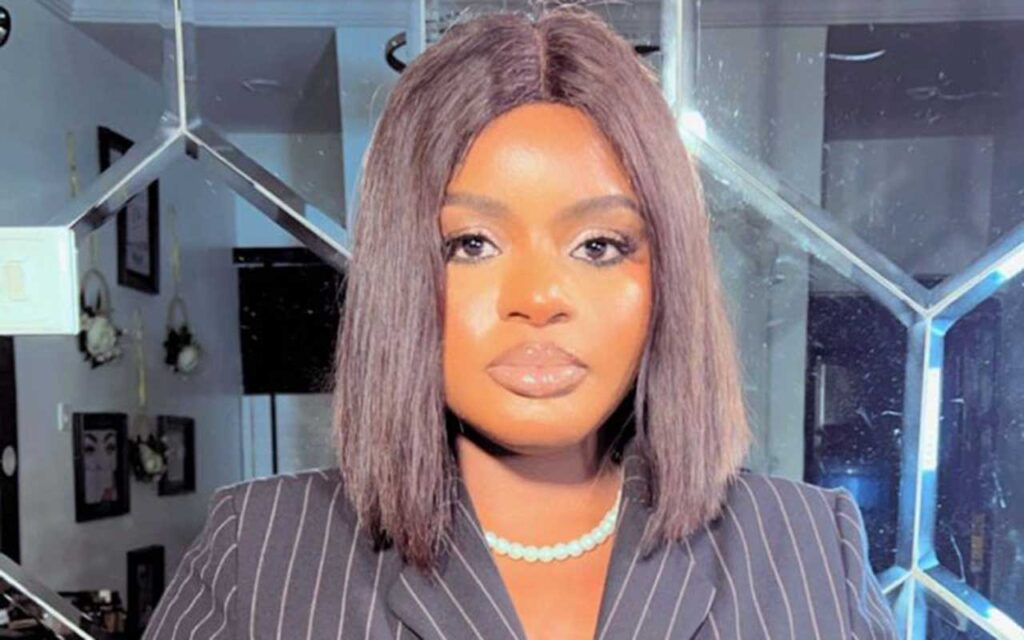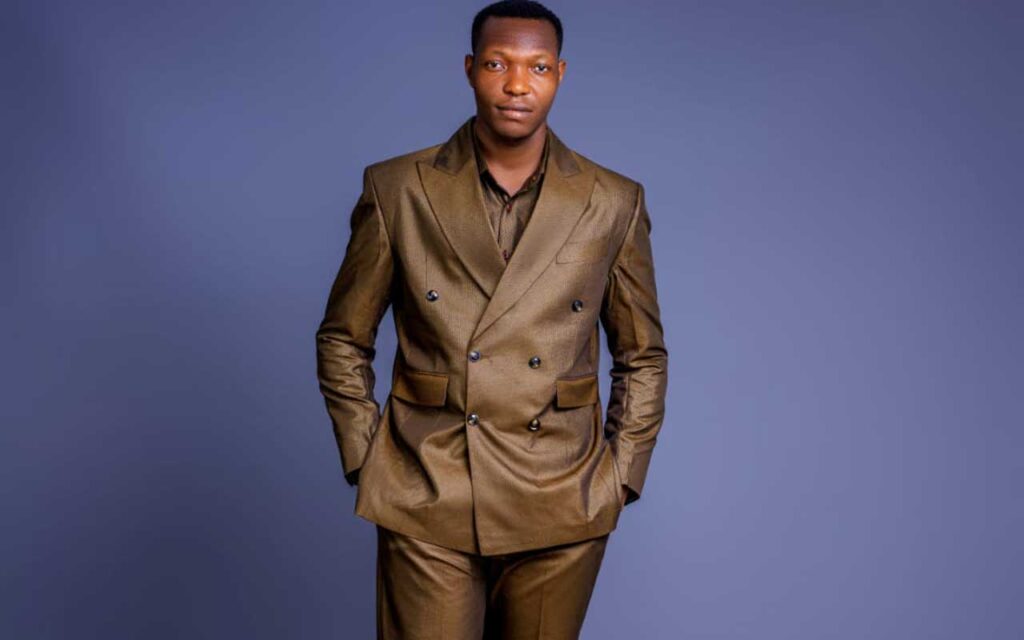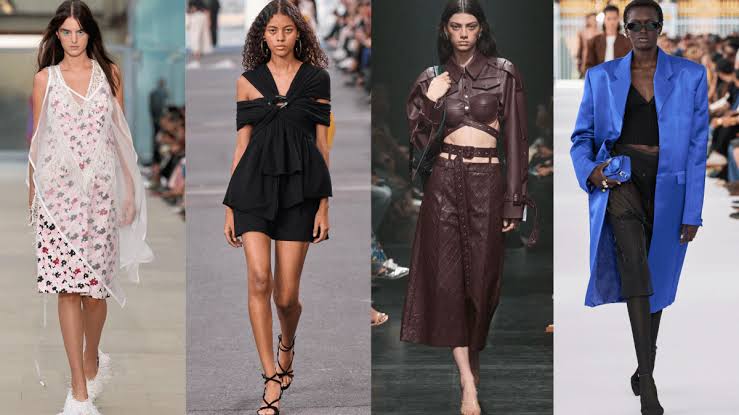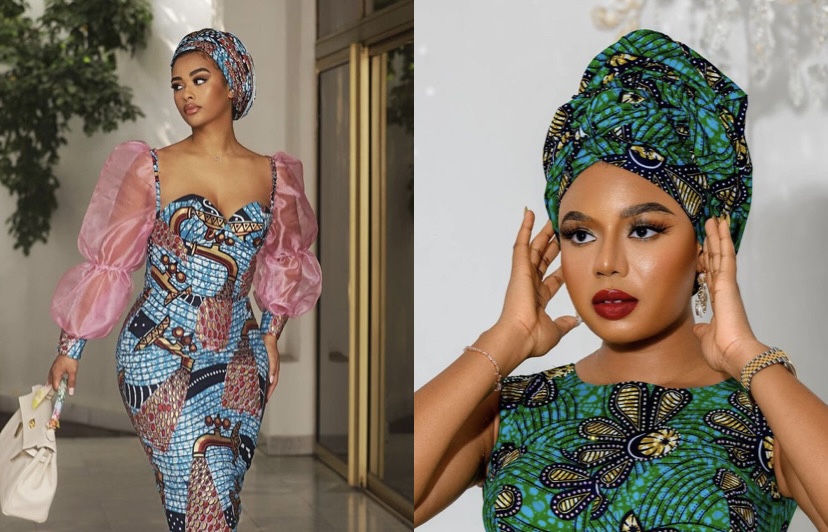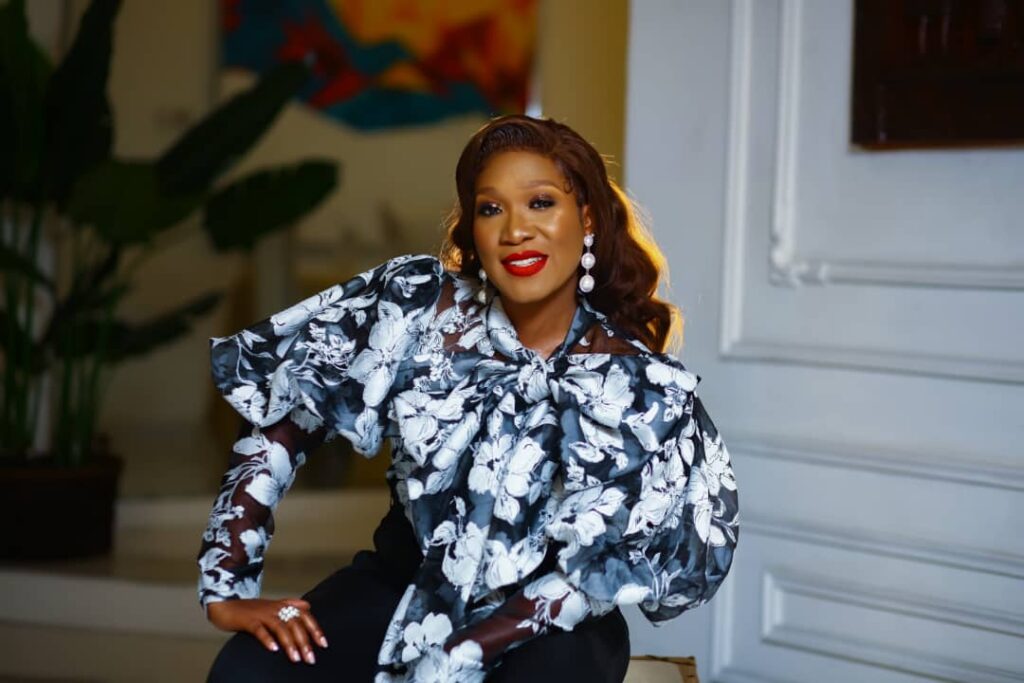 If there is any outfit that tells the identity of an African man, particularly Nigerian, anywhere in the world, it is Agbada, a loose-fitting robe with or without an inner body fitted piece. It is worn by men although in recent times some Nigerian women seem to have taken a liking for the attire.
If there is any outfit that tells the identity of an African man, particularly Nigerian, anywhere in the world, it is Agbada, a loose-fitting robe with or without an inner body fitted piece. It is worn by men although in recent times some Nigerian women seem to have taken a liking for the attire.
The attire, which is said to have originated from Babban-Riga of the Hausa people of Northern Nigeria draws its origin from the clothing style of the Tuaregs, Kanuri, Toubou, Songhai, Hausa and other trans-Saharan male traders who wore the robe primarily to protect themselves from the harsh temperature of the sun during the day and cold at night.
Interestingly, the creative Nigerian and other African fashion designers as usual have been able to recreate and redesign Agbada outfits stylishly enough for both young and old men from all walks of life to find it as the first choice outfit for high profile occasions or gatherings, especially the one that is expected to depict Africanism.
Fabrics For Agbada
For Northern Nigerians, the plain colour ‘Guinea’ fabric is commonly used for Agbada, however for the South West, ‘Aso Oke’, ‘Aso Ofi’, ‘Damask’ and ‘Brocade’ work perfectly. People of the South East and South-South would usually settle for ‘Cashmere’ (senator fabric) and ‘Velvet’.
 Aside these geographical first choices of fabric, in recent times, people sew the Agbada with other fabrics of choice depending on the designer and the person wearing.
Aside these geographical first choices of fabric, in recent times, people sew the Agbada with other fabrics of choice depending on the designer and the person wearing.
Styling Agbada
Although Agbada used to be sewn with body fitted long sleeve inner pieces, as the attire increasingly trends, young men have their designers do short sleeve inner pieces and short sleeve single piece Agbada, which makes it look less complex and more stylish.
Agbada Design Accessories
The first thing that comes to mind when designers want to style Agbada is embroidery. However, designers also use other fashion accessories, including stone beading to style the attire gorgeously.


